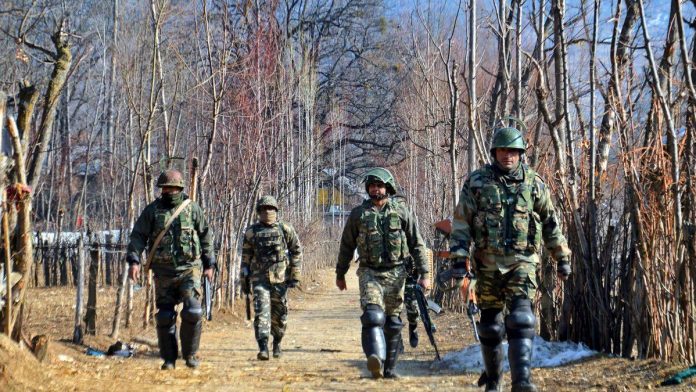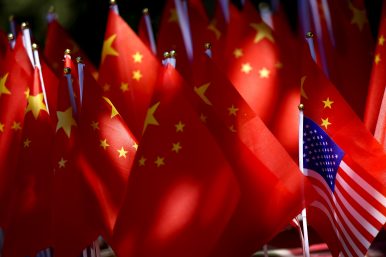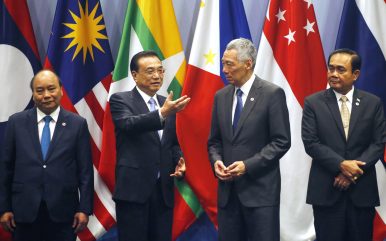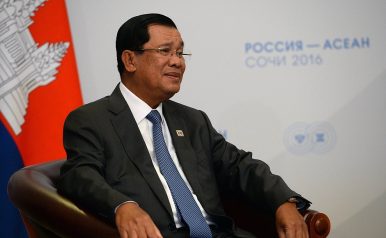by Jason Hickel
 There is a story that is commonly told in Britain that the colonisation of India - as horrible as it may have been - was not of any major economic benefit to Britain itself. If anything, the administration of India was a cost to Britain. So the fact that the empire was sustained for so long - the story goes - was a gesture of Britain's benevolence.
There is a story that is commonly told in Britain that the colonisation of India - as horrible as it may have been - was not of any major economic benefit to Britain itself. If anything, the administration of India was a cost to Britain. So the fact that the empire was sustained for so long - the story goes - was a gesture of Britain's benevolence.
New research by the renowned economist Utsa Patnaik - just published by Columbia University Press - deals a crushing blow to this narrative. Drawing on nearly two centuries of detailed data on tax and trade, Patnaik calculated that Britain drained a total of nearly $45 trillion from India during the period 1765 to 1938.
It's a staggering sum. For perspective, $45 trillion is 17 times more than the total annual gross domestic product of the United Kingdom today.
How did this come about?

















/arc-anglerfish-arc2-prod-mco.s3.amazonaws.com/public/BHGKYWSEIJCAJMDFTESWYIQIHI.jpg)
/arc-anglerfish-arc2-prod-mco.s3.amazonaws.com/public/TYPOL5WWEVCFRIMQR2AYUCAZRU.jpg)


